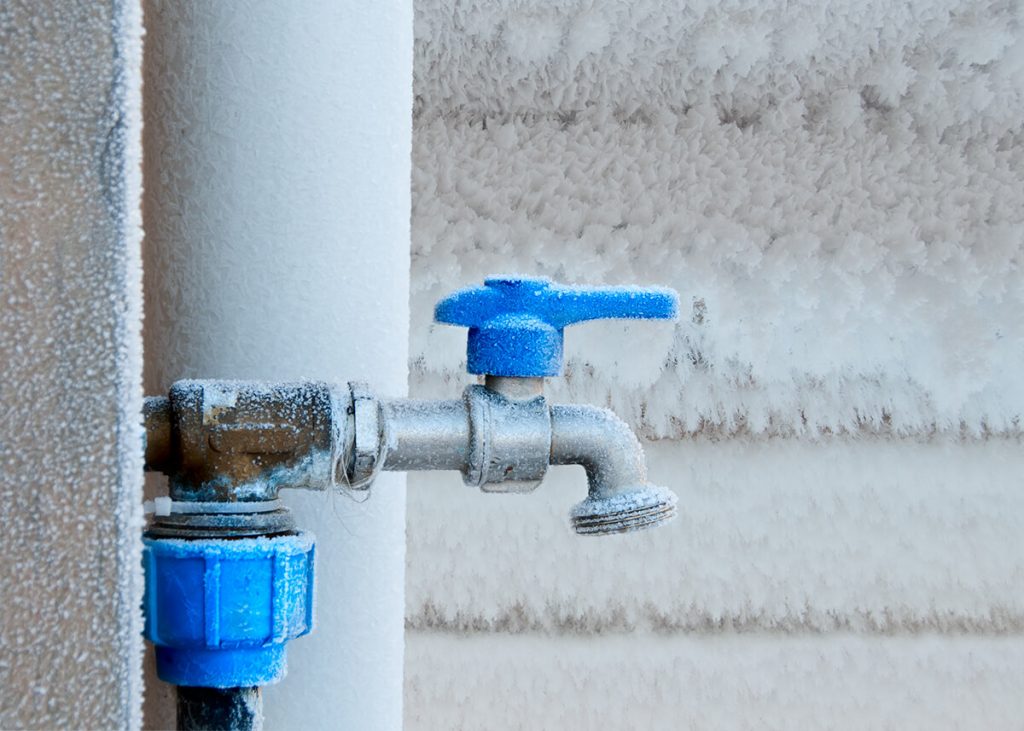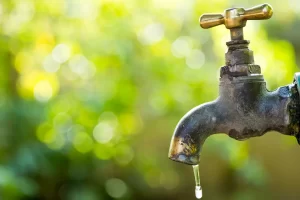Preventing your pipes from freezing during the winter is an essential home practice. Without taking the proper steps to winterize your pipes, the water inside may freeze and cause damage to your plumbing. With these 5 helpful tips, you will be able to keep your plumbing functioning while saving money on repair or replacement costs.
1. Keep Your Heat On.
Nothing is worse than leaving your home only to return and find your plumbing frozen or damaged. While turning off your heat is a good way to save on bills, a burst pipe could result in a much higher repair cost. We recommend you keep your thermostat at 60 degrees or higher if you are leaving the home for an extended period. This will prevent your pipes from freezing while you are away.
2. Open Your Cabinets.
Another way to keep the pipes in your home at a comfortable temperature is to open the cabinet doors where the pipes are located. Common places in your home where pipes are located include the cabinets underneath the kitchen and bathroom sinks. Opening these cabinets to allow for warm airflow is a simple way to keep your pipes at a good temperature.
3. Use a Heat Cable.
For the pipes in your home that are not protected by the heat, we recommend using a heat cable. Electric heat cables are designed to keep your pipe above freezing temperature and can last 3-5 years on average. Applying a heat cable to pipes in places like your garage, attic, or crawl space ensures they will not reach freezing temperatures, just remember to unplug them during the warmer months.
4. Run Water Through Your Pipes.
Letting a small amount of water drip from your faucet will prevent the rest of the pipe from freezing. It does this by relieving the pipe of pressure due to a constant flow, even if it is just a drip. Similar to leaving your heat turned on, this tip might see an increase in your water bill, but the cost of replacing a burst pipe would be much higher.
5. Turn Off Outdoor Faucets.
Now that the inside of your home is taken care of, it is time to think about your outdoor faucets. First, shut off the valve that controls water flow to your outdoor faucets. Next, turn on those faucets and allow all the water to drain out. Remember to detach any hose or sprinkler that may be connected to the faucet, as this will make sure all the water is properly drained.
With these 5 tips, your pipes should be well-protected from the harsh winter weather. In the event of a frozen pipe, or if you simply would like to have your pipes inspected, please don’t hesitate to contact T.J. Huggard Plumbing. Our experienced and licensed professionals are ready to handle any concern or emergency you may have.



